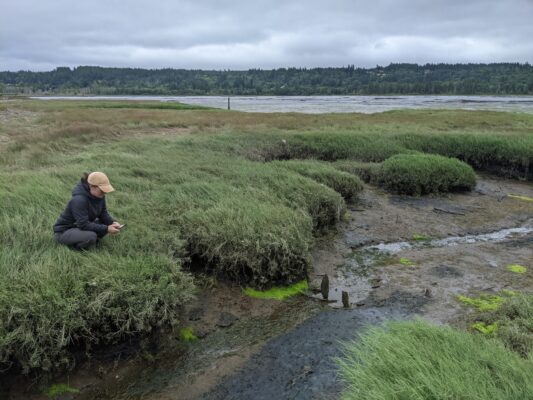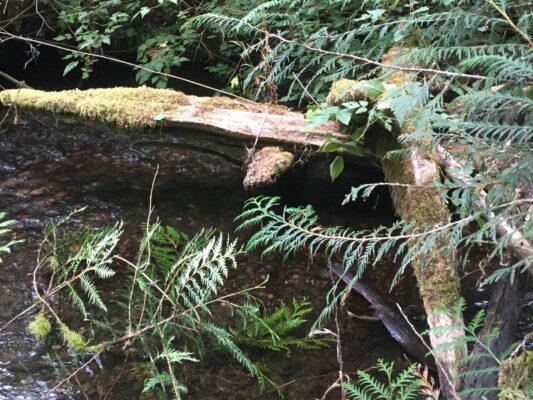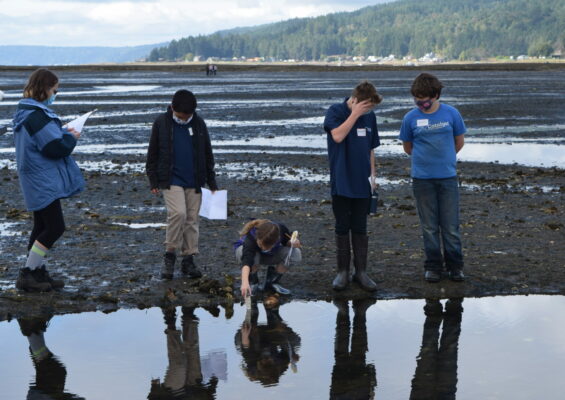The forests that surround us are full of incredible variety. As the climate of our region changes over the coming decades, different parts of the landscape will be affected differently. Those areas that remain relatively buffered from the worst impacts are known as refugia. These microsites within the landscapes we protect will be incredibly important providers of stable habitat for our native wildlife, and vegetation, ensuring that our regions ecological systems can continue to function.
A northeast-facing slope on a hillside is a good example of a refugia. Places like that are relatively shielded from the sun for most of the day, especially those hot summer afternoons. When GPC protects a hillside like that, we’re maintaining space where animals can find cool shelters and where plants might experience less disruption from the heat.

Wetlands can offer a similar ecosystem service. These landscapes retain moisture, which stabilizes the ambient temperature. Even more importantly, wetlands act as hidden reservoirs. They soak up huge amounts of water during the rainy winter months and then keep our streams flowing all summer long under the sun. Even if we go for months without any rain, if our wetlands are protected then the streams will keep flowing. Keeping those streams flowing is vital to preserving the ecosystems in our areas even as we continue to experience more and more intense droughts across our region.
Those streams, and the riparian areas on their banks, are another important refugia. The plants which thrive in the waterlogged ground by the banks of streams – like dogwood or salmonberry or redcedar and others – provide a vital ecosystem service. Keeping these rushing waters in the shade keeps them cool, which is important for all the creatures that live in our streams, and especially the salmon who depend on those waters for their yearly spawning. Trees that fall into the streams become “woody debris.” These features create cool spots where salmon can rest, and promote the formation of complex stream channels in which they thrive.

When we’re considering ways to protect our streams, GPC’s stewardship team also has to consider the future conditions of the stream. Climate change threatens our lands not just with drought, but also with more intense winter rains. Our plan for protecting these refugia includes stabilizing the stream banks, so that they don’t get washed away by future floods.
Protecting the refugia that are hidden all around us will help make our region more resilient to climate change. We’ve planned out our conservation work for the coming decades, so that every new preserve we create includes these refugia. Improving water retention will help fight future droughts; creating and connecting areas where wildlife can shelter from the heat will support biodiversity; stabilizing our stream banks will help protect them from future floods. We’re starting to take these actions now, for the sake of future generations.

